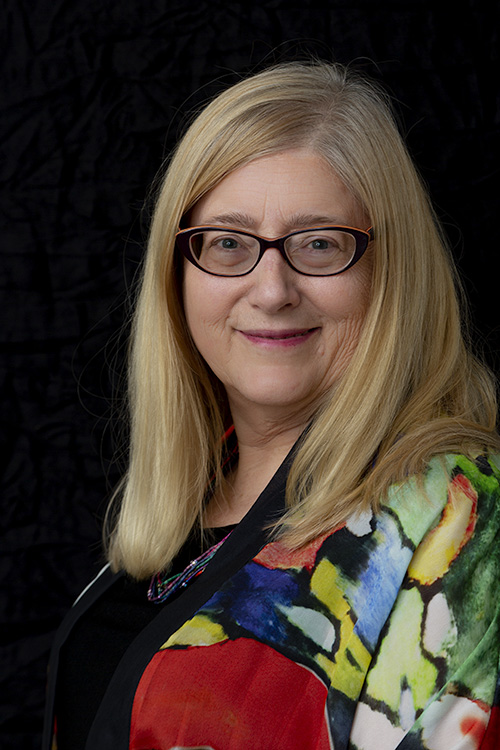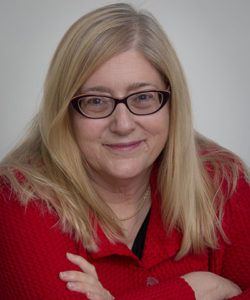Once Upon Our Time
Implanted Stories and the Aging of Female Boomers
Think back for a moment on Snow White and her nameless wicked queen, from 1937; Cinderella and her stepmother, from 1950; Sleeping Beauty and Maleficent, from 1959. What a terrible career path – and more importantly, life path – we were given as girls: the progression from young/beautiful/passive/good, to old/ugly/strong/bad. Neither of these fixed combinations is something we would stand in line for as adults capable of critical thinking. But of course, when we female boomers first saw those powerful images back in the 1950s, we were young and impressionable children.
The messages (read this excellent paper) of these stunning Disney animated features were impossible to escape: Good boys are active but good girls are passive; the good are always beautiful; to age is a sin; and for a woman to embrace her power makes her evil. As little girls, we were almost certain to aspire to the combination of goodness and passivity, and reject aging and power. And lest we forget, these messages did not stop with the movies of the 1930s through 1950s. Disney’s The Little Mermaid (1989) features a good, passive, beautiful heroine up against perhaps the scariest Disney villain of all: Ursula, the hideous, white-haired, power-hungry older sea queen, with her creepy tentacles for legs. Naturally, given the fears and prejudices of the modern era, this evil queen is also fat.
Looking back on the 1950s and 1960s when I grew up, it is amazing that these movies were seen as good clean family fare, suitable for repeat viewing by little girls. Clearly our mothers were not clued in to the subtext, or they would have dragged us, kicking and screaming, out of the theater. At least our hindsight makes us hope so! But come to think of it, in the 1980s I let my children watch Disney movies, and I didn’t think twice about The Little Mermaid. I must admit, the view is different when you yourself become an aging queen.
This nexus of ageism and sexism pits younger women against older women and denies us the chance to work together and grow. Anthropologists have demonstrated that one of the reasons women live long is because we have much to teach the young, but this cultural image of the evil and powerful older queen denies all that. The young, passive, beautiful princess is separated from the wisdom and power of older women, and redeemed by a man’s kiss.
And then in 1995, along came a non-Disney princess who shifted the perspective for many in Hollywood. Xena, Warrior Princess, featured a strong female protagonist who fought her own battles as she travelled through Earthly and mythological realms. Instead of being saved by a prince, she herself was mentor (and possibly lover) to her friend Gabrielle. Instead of conflating youth, beauty, passivity, and goodness, Xena was multidimensional. Her character could be arrogant, tortured, and uncertain. She was complex and powerful, in ways previously reserved for male characters. One television station in the San Francisco Bay Area advertised the show as “Xena: A Dominatrix the Whole Family Can Enjoy.” Many in Hollywood have credited Xena as the inspiration for a new generation of female action heroes, from Buffy the Vampire Slayer to Starbuck in Battlestar Galactica.
Xena’s popularity may be one reason Disney Studios moved towards stronger female protagonists in more recent animated features. For example, Belle is an avid reader, even if she does have a bit of Stockholm Syndrome (Beauty and the Beast, 1991), Mulan is a Chinese woman warrior who saves her city (1998), and Moana is a diplomat, explorer, and future Polynesian chieftain with no plans to marry (2016). And breaking the Snow White, “fairest of them all” mold of the earlier features, the newer films include princesses of color. But even these newer films exclude positive role models for aging.
The classic Disney villain tried to recapture her girlish beauty in older life, and this “inappropriate” claim to power was her downfall, every time. What we have yet to see is old/beautiful/strong/good: a Disney queen heroine who is sexy and powerful in her older years. This is our challenge: To find or to make such stories, not only to benefit our granddaughters, but ourselves as well. Somewhere in me is a little girl who still believes that older women are evil in our power. As an older woman, I need to tell myself new stories, stories about women who are good and strong and beautiful later in life.
Disney mined the Grimm Brothers fairy tales for enchanting stories that emphasize the power of male characters. But even in the Grimm Brothers stories, there are some older positive female characters that were excluded from the Disney movies. The good news is that there are other sources to tap. In her new novel, The Bee and the Orange Tree, Melissa Ashley describes the life of Marie Catherine d’Aulnoy, one of a group of French women (the conteuses) during the reign of Louis XIV who invented the fairytale as a way to criticize the constrained lives of women in their time. Her Prince Charming suffers lovesickness for Cinderella, her princesses court princes, her queens rule queendoms. These feminist fairytales were turned upside down by the Brothers Grimm, but we can reclaim them. We can look, too, to the old myths, such as the tale of Baubo in Greek mythology, a bawdy and liberated older woman who comforts the goddess Demeter on the loss of her daughter.
Of course, it’s not just female ageism and sexism. My Other Half (MOH) was born and lived half of his life in the UK and almost half in the USA; he pointed out that boys, too, are subject to myths that are inappropriate, citing, amongst others, the genre of cowboys and Indians that was pervasive in his childhood. MOH argues that these and other stories shaped the views of men and boys and are, effectively, a corollary to the points I’m making. And let’s not forget the blatant racism in movies such as Birth of a Nation and Gone with The Wind!
So, what’s to be done? Do we just noisily, but passively complain? Or do we instead complain and become active in implementing change? I prefer the latter approach in all facets of life. But in this arena, we owe it not only to ourselves but to future generations to change the stories we tell our daughters and granddaughters. Every young girl deserves to see a better career (and life) path: From young/beautiful/strong/good to older/beautiful/strong/good. And, MOH reminds me, we must also change the stories for our grandsons. After all, they need to be comfortable with and support strong women when they grow up to raise strong daughters too!
So I ask you to imagine Xena, not as a Warrior Princess, but as a Warrior Queen, a veteran of battles who rules a city-state with strength and compassion, in the company of her lover. Imagine Moana, not as a young chieftain but as an older wise chief who brings all her life experience to her role as leader. Imagine yourself, not as a lovely young hippie princess but as a beautiful older storyteller with the bawdy wisdom of Baubo and the strength to tell your tale. Write your stories from the perspective of the girl you once were but for the granddaughters all of us want to see. It is time to grow new stories of strong beautiful older queens, for the sake of ourselves and our culture, and in doing so let’s begin with the best of what is, and improve on it.
Join me: I’m on a crusade.


